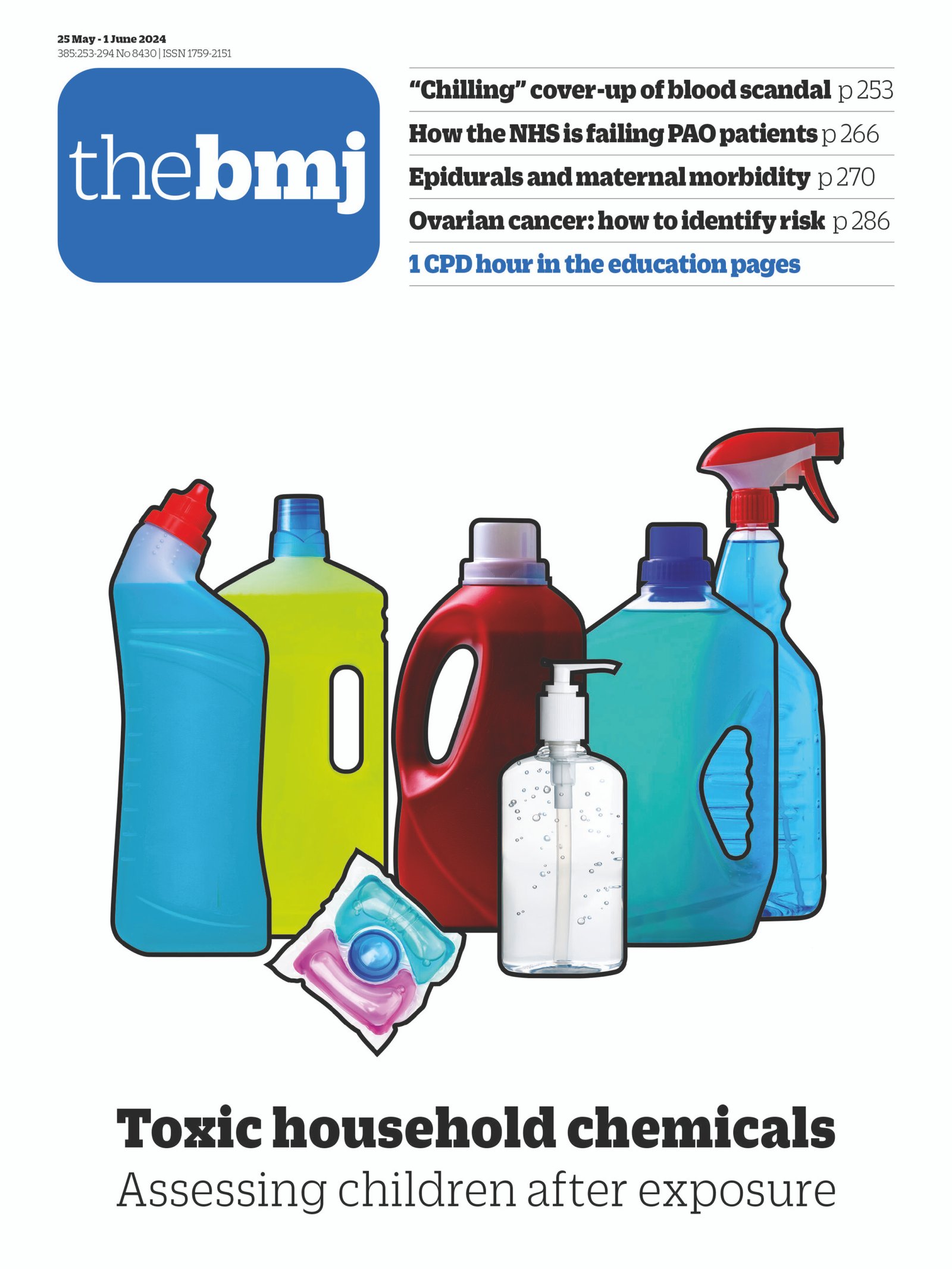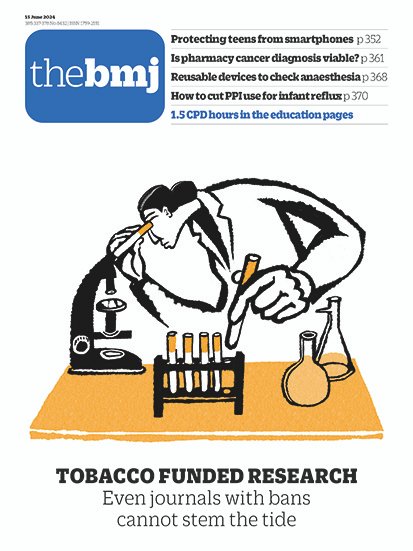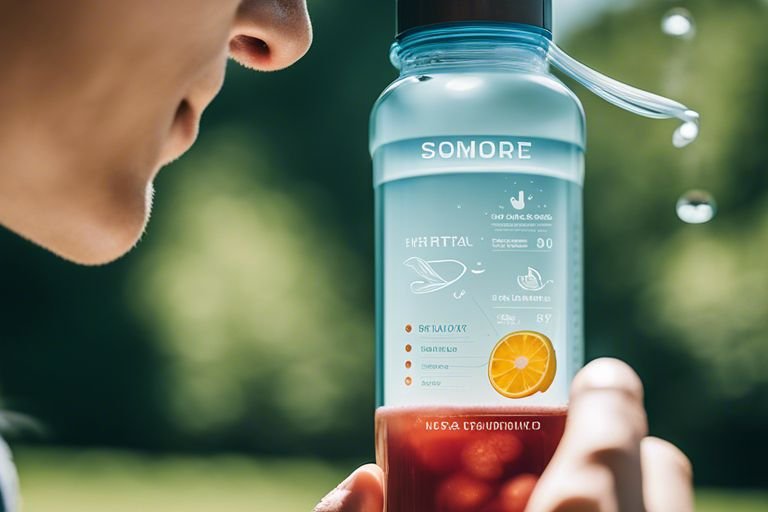- Wendy Nichols, specialty trainee in anaesthesia1,
- Rebecca Elder, consultant anaesthetist2,
- Jason Lie, consultant anaesthetist3,
- Cliff Shelton, consultant anaesthetist, senior clinical lecturer24
1North West School of Anaesthesia, Manchester, UK
2Manchester University NHS Foundation Trust, Manchester
3East Lancashire Hospitals NHS Trust, Burnley
4Lancaster Medical School, Lancaster
- Correspondence to C Shelton Cliff.Shelton{at}nhs.net
What you need to know
-
Cold sensation is commonly used to assess the effectiveness of regional anaesthesia
-
Vapo-coolant sprays are often used to apply cold sensation, but they are expensive, generate a lot of waste, and release greenhouse gases
-
Reusable cold sensation devices offer an alternative to vapo-coolant sprays, and have financial and environmental benefits
AdvertisementsAdvertisements
-
Cold sensation is not always the best way to check regional blocks; light touch is easy to apply with cotton wool
Cold sensory stimulation is the application of a cold stimulus to a patient’s skin to assess the extent and effectiveness of regional anaesthesia (eg, epidurals, spinal and nerve blocks).1 Sensation reported in a “blocked” area of skin is compared with that reported when cold is applied to an area unaffected by the block. Cold sprays are widely used for this purpose, but reusable cold sensation devices can also be used.
This article outlines the environmental benefits of using reusable cold sensation devices instead of cold sprays and offers pointers on how to safely switch to reusable devices in clinical practice.
Why change is needed
Cold sprays (also known as vapo-coolants) are volatile liquids that evaporate from the patient’s skin to cause cooling via the latent heat of vaporisation. Two vapo-coolants are used in clinical practice: pentafluoropropane with tetrafluoroethane, and ethyl chloride, and both evaporate to form greenhouse gases. Global warming potential (GWP) is one way of estimating the climate impacts of a greenhouse gas against that of carbon dioxide (CO2), which has a GWP of 1, over a certain period (eg, GWP100 is over 100 years). One manufacturer of pentafluoropropane with tetrafluoroethane states that it has a GWP100 of 1411.2 Ethyl chloride (the most commonly used cold spray) has a GWP of less than CO2.3 In addition to generating greenhouse gas emissions at the point of use, cold sprays create waste via the disposal of their metal or glass containers (fig 1) and have climate impacts through their production and transport.4
It can be difficult to assess precisely the sensory blockade produced by a cold spray, as the spray can disperse across multiple dermatomes,1 and cold sprays are expensive (approximately £25 per container).
Ice is an obvious source of cold, but ice machines have been removed from many hospitals because of concerns about infection control.5 Reusable devices for cold sensation (fig 1, right), comprising a metal body on a plastic handle, are cooled in a refrigerator before use. They offer financial and environmental advantages over vapo-coolant sprays.
Evidence for the solution
Reusable cold sensation devices must remain cold for long enough to reliably assess the block. A bench study found that one brand of device maintains a temperature of below 10°C for six minutes in simulated use.6 A clinical study compared ethyl chloride with this device for assessing spinal anaesthesia in orthopaedic and obstetric patients and concluded that the reusable cold sensation devices were non-inferior for this purpose.7
Three studies have assessed financial or environmental impacts of reusable cold sensation devices. A single centre feasibility study assessed the cost of introducing them in obstetric operating theatres; ethyl chloride purchasing fell from 62 to 35 cans per month, with a projected annual saving of £6480. Researchers calculated a reduction in annual “carbon footprint” of 10 272 kg CO2 after accounting for manufacture and transport of the devices.8 Another hospital sought to promote the use of reusable cold sensation devices as the default method for assessing regional blocks in the post-anaesthetic recovery unit and reduced the use of ethyl chloride from six to 0.8 cans per week. The hospital compared the carbon equivalent impact of cleaning the devices (using detergent wipes) with the savings from using less ethyl chloride, and estimated an annual saving of 4613 kg CO2, equivalent to approximately 22 500 miles driven in an average UK car.9 Another institution reached a financial “break even” after one month of using reusable devices compared with ethyl chloride.10 In general, implementation of reusable cold sensation devices is reported to have proceeded smoothly, although authors note the need for staff training and familiarisation, and the potential requirement for additional refrigerators for storage where these are not already available.89
What you can do
Implementing reusable cold sensation devices requires a budget for procurement, appropriately located refrigerators, agreed cleaning and storage procedures, and buy-in from the multidisciplinary team (eg, anaesthetists, recovery staff, pain nurses, and midwives). Careful consideration should be given to the settings where reusable cold sensation devices are used, as they may not be the ideal modality for assessment of all regional anaesthesia. For example, recent guidance from the Obstetric Anaesthetists Association recommends light touch as the primary approach for the assessment of spinal anaesthesia before caesarean section.1011
Practical points to consider
• The financial case for reusable cold sensation devices should be straightforward given the high cost of vapo-coolant sprays. However, equipment and pharmaceutical budgets are often separate, so it is useful to establish at an early stage where the funds will come from.
-
Refrigerators in clinical areas are typically for pharmaceutical use, so it may be necessary to obtain permission to use them for the purpose of chilling and storing cold sensation devices. Engage with colleagues from infection control to agree procedures for cleaning and storage. Detergent wipes are often used to clean devices after use.910
-
Barriers to implementation can be overcome by agreeing a standard procedure for use. One hospital describes the value of trialling reusable cold sensation devices before widespread introduction; this process could be used to inform practice recommendations.910
-
Complete removal of vapo-coolant sprays may not be possible in settings without refrigerators, and for indications such as cryo-analgesia.
In practice, we advise colleagues to place the metal body of the reusable cold sensation device on the patient’s skin intermittently in the relevant dermatomes or cutaneous nerve areas and asking the patient what they can feel.1.We recommend that devices are kept in the refrigerator until after a motor block has been observed, to prevent them from warming up before use.10 Key messages for patients are presented in box 1.
Key points for patients
-
Regional anaesthesia is injection of a local anaesthetic medication around the nerves that supply a specific part of the body. This can be used for pain relief, or to enable an operation, with or without sedation or general anaesthesia.
-
The anaesthetist and other members of the healthcare team will check how well the regional anaesthetic is working, often by testing if the patient can feel a cold sensation.
-
Cold sprays are often used to create the cold sensation, but these have several disadvantages: they can be non-specific, are expensive, contain greenhouse gases, and generate a lot of waste.
-
Reusable cold sensation devices comprise a metal body on a plastic handle; they are stored in a refrigerator before use. They are cheaper and more sustainable than using cold sprays. CoolSticks (one brand of device) have been introduced in many hospitals in the UK.
-
Sometimes alternative methods are used to check regional anaesthesia, for example, the Obstetric Anaesthetists Association recommends that spinal anaesthesia for caesarean section should be checked by “light touch,” eg, using cotton wool.
Notes on delivering regional anaesthesia
-
Regional anaesthetic techniques can have different aims including analgesia (removing or reducing nociceptive sensory input) and anaesthesia (removing all sensation). Immobility is often desirable in the context of surgery.
-
The nerves that transmit pain are more readily blocked than those that transmit touch and motor signals. This relates to the physical qualities of the nerve fibres, with smaller diameter A-delta (1-5 μm) and C fibres (<1.5 μm), which transmit pain, being more amenable to the action of local anaesthetic than A-beta (5-12 μm) and A-alpha fibres (12-20 μm), which transmit motor and touch sensation, respectively.
-
Checks should be made to evaluate the blockade of touch and pain transmission; however, using a painful stimulus to assess a block is seen by many as unethical because the block might not be working, and because defining the extent of a block involves finding the “edges” where the block doesn’t work. For these reasons, a surrogate sensation is used which is transmitted in the same nerve fibres: like pain, cold temperature sensation is transmitted in A-delta and C fibres.
-
As touch is less easily blocked than pain, it is sometimes advised that touch should be the primary mode of sensory testing when anaesthesia is desired; the guidance for caesarean section prioritises this. However, when analgesia is required—such as with a labour epidural—low concentrations of local anaesthesia are used with the intention of blocking only pain sensation, while leaving touch and movement intact. In this circumstance, testing touch is not suitable, so the sensation of cold is used instead.
Education into practice
-
How many containers of cold spray does your organisation procure per month, and at what cost?
-
What practices do your colleagues currently use to assess regional anaesthesia?
-
Which colleagues should be involved in creating a standard operating procedure for storage, cleaning, and use of reusable cold sensation devices?
-
How would you measure the environmental, financial, and care quality impacts of switching to reusable cold sensation devices?
How patients were involved in the creation of this article
We showed a draft of this paper to members of the Patient, Carer and Public Involvement and Engagement (PCPIE) group of the Royal College of Anaesthetists Centre for Research and Improvement. We made the content of the article easier to read based on their feedback, and one member of the group drafted the “key points for patients.”
Footnotes
-
This article is part of a series that offers practical actions clinicians can take to support reaching net zero. Browse all the articles at https://sandpit.bmj.com/graphics/2023/tangibleActions-v8/. To pitch your idea for an article go to https://bit.ly/46Etl9i
-
Contributorship and the guarantor: All authors conceived, wrote and reviewed the article. CS is guarantor and was the contact for patient involvement.
-
We thank Jenny Dorey, Bob Evans, and John Hitchman from the PCPIE group for kindly reviewing the paper, with special thanks to Jenny Dorey for drafting the “key points for patients.”
-
Competing interests: CS is a co-opted member of the Association of Anaesthetists Environment and Sustainability Committee, vice chairperson of the World Federation of Societies of Anaesthesiologists Sustainability Committee, and co-chairperson of PCPIE. WN, RE, and JL declare no competing interests.
-
Provenance and peer review: commissioned; externally peer reviewed.










